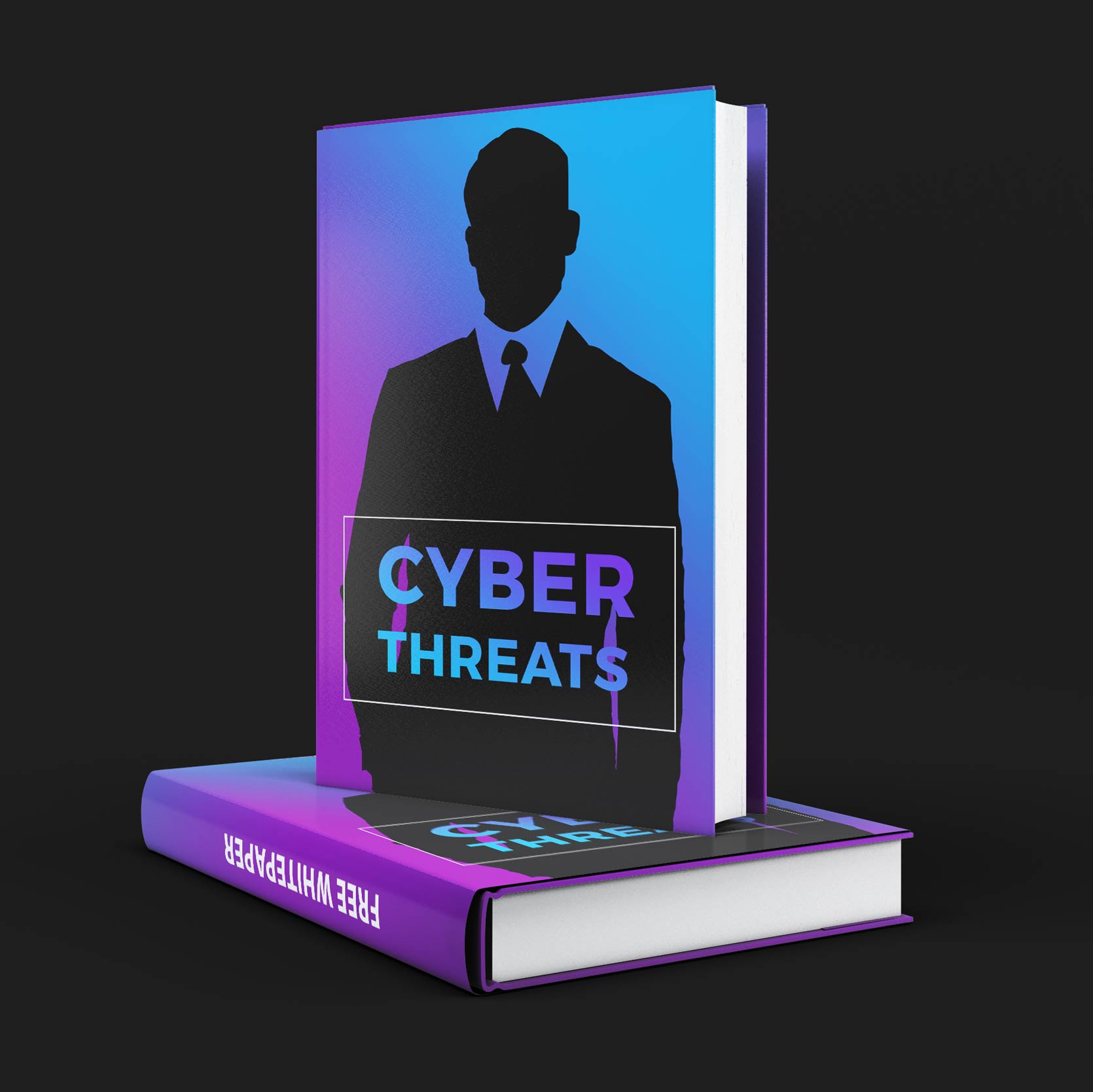
Spotlight
Top Categories
Featured

AI’s Impact on Cybersecurity
Artificial Intelligence Ervin Daniels todaySeptember 13, 2023 142

Businesses are adopting AI.
Artificial Intelligence (AI) is a groundbreaking technology with the potential to revolutionize businesses across all industries. 35% of companies use AI today, according to industry experts. The adoption rate will increase as organizations get familiar with the new paradigm. Among the most impactful applications of AI is Generative Artificial Intelligence (GAI), which can generate fresh content, such as images and text, based on provided input. This transformative technology is leaving its mark on diverse sectors, including art, healthcare, entertainment, and marketing.
To illustrate, consider the impact of ChatGPT, an implementation of generative AI that has made waves globally in the tech world. Its rapid rise to fame has skyrocketed Generative AI into the spotlight. ChatGPT is only scratching the surface. More applications of AI have emerged, and there’s so much more to come. Businesses worldwide are already embracing generative AI-powered solutions to streamline operations and provide tailor-made experiences to their customers. Companies will leverage AI for productivity to create business value versus something that’s purely recreational for consumers to use openly.
Defender’s Use of AI in Cybersecurity
Businesses are adopting AI at an accelerated rate, and so are the attackers. Companies are going through a digital transformation using hybrid multi-cloud environments. The ever-lasting notion of new technologies always breeds new vulnerabilities, threats, and risks. While companies will use AI to accelerate productivity, attackers leverage AI to accelerate their attacks, taking advantage of shortcomings in security defenses. So, Security professionals sit in between the businesses and attackers, protecting and defending.
AI for Security means that security professionals will defend against attackers that leverage AI. Security teams will need to embed (AI) artificial intelligence and (ML) machine learning into their defensive security tools and capabilities for Security. IBM’s Cost of a Data Breach reveals that organizations that extensively use Security AI and Automation deployed produced the largest savings of $1.76M compared to organizations with no use of Security AI and Automation deployed. Also, those same organizations with extensive use of security AI and automation identified and contained a data breach 108 days faster than organizations with no use. The average data breach cost has risen to $4.45M worldwide for organizations that reported a breach.
Use of AI in Cybersecurity
Security for AI will include protecting foundation models generative AI, and their data sets are essential for enterprise-ready AI. The security industry has begun introducing emerging technologies and techniques to help thwart or reduce the risk of adversaries attacking AI.
The Open Web Application Security Project (OWASP) is a nonprofit foundation that guides how to develop, purchase, and maintain trustworthy and secure software applications. OWASP is noted for its popular Top 10 web application security vulnerabilities list. Recently, (OWASP) released its top 10 for Large Language Model applications, which are the underpinning technologies for today’s generative AI.
Moving forward, Security vendors must consider these seven security industry best practices to infuse AI and ML into their security tools and capabilities.
- Leverage trusted AI by evaluating vendor policies and procedures.
- Enable secure access to users, models, and data.
- Safeguard AI models, data, and infrastructure from adversarial attacks.
- Implement data privacy protection in the training, testing & operations phases.
- Conduct threat modeling and secure coding practices into the AI dev lifecycle.
- Perform threat detection & response for AI applications and infrastructure.
- Assess and decide AI maturity through an AI framework.
How Organizations Can Better Protect Themselves Today
Organizations can leverage their current technologies with (AI) Artificial intelligence & (ML) Machine Learning embedded capabilities deployed today to help protect against attackers using AI. The above seven best security practices cover at least three core areas where businesses effectively embed AI and ML into security tools and capabilities today: Threat Detection and Response with tools such as (SIEM) Security Incident Event management, (SOAR) Security Orchestration and Response, (EDR) Endpoint Detection and Response, and (MDR) Managed Detection and Response capabilities or today’s (XDR) Extended Data Protection and Response. The Data Privacy and Security capabilities can safeguard the AI models, data, and infrastructure, While the Identity and Access Management can secure access to users, models, and data.
What’s Next?
As the adoption of AI increases, so will the use cases and the implementation for the Cybersecurity industry. Organizations must develop a Cybersecurity and AI strategy to adapt to the changing attack surface. Attackers are already exploiting weaknesses and leveraging AI to accelerate their attacks. Using AI in Cybersecurity capabilities will have productivity gains from foundation models, and generative AI will reduce human bottlenecks in Security. The evolution of AI in Cybersecurity has begun.
Cybersecurity Architect with over 25 years of Technology and Security leadership and hands-on experience across various industries (retail, public, financial services, and technology).
Written by: Ervin Daniels
About the author
Ervin Daniels
Cybersecurity Architect with over 25 years of Technology and Security leadership and hands-on experience across various industries (retail, public, financial services, and technology).
Previous post


CYBERSECURITY Ervin Daniels
How to Achieve a Robust Security Program
Ervin Daniels Cybersecurity Architect with over 25 years of Technology and Security leadership and hands-on experience across various industries (retail, public, financial services, and technology).
©2020 Ervin Daniels. Designed By Tru Brand Media Disclaimer: Opinions expressed are solely my own and do not express the views or opinions of IBM.






Post comments (0)